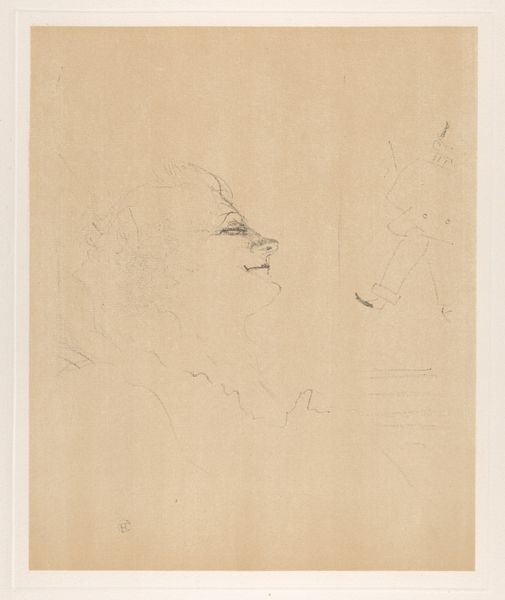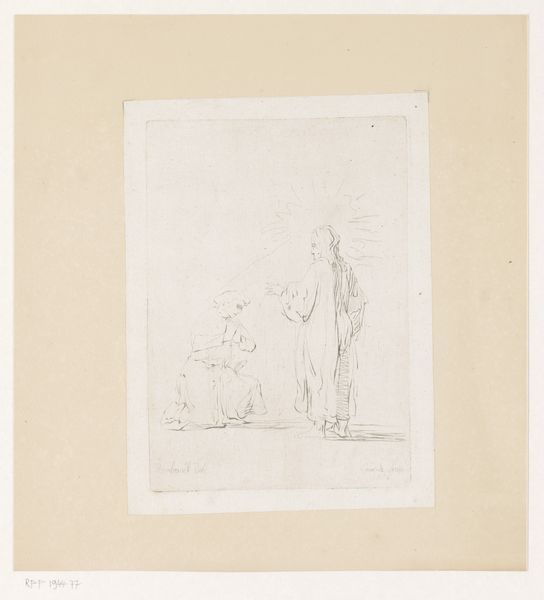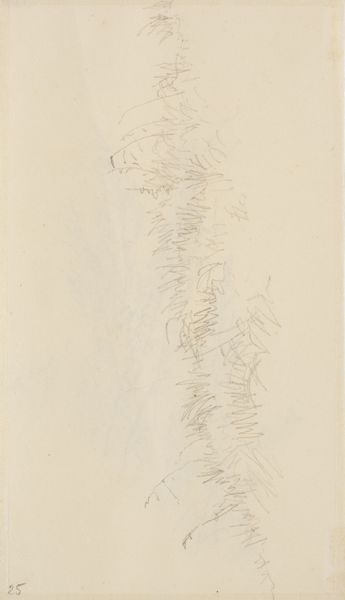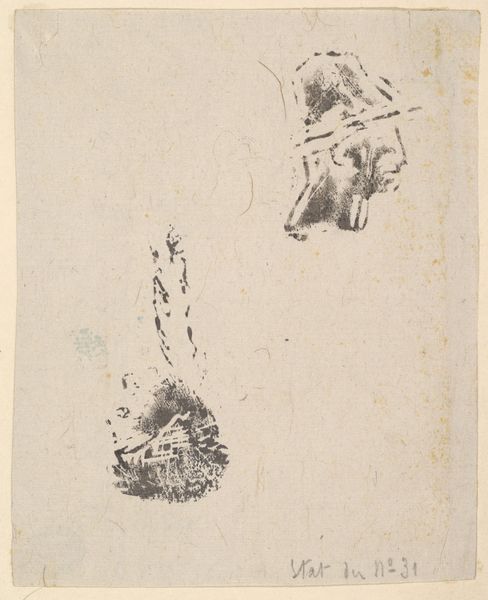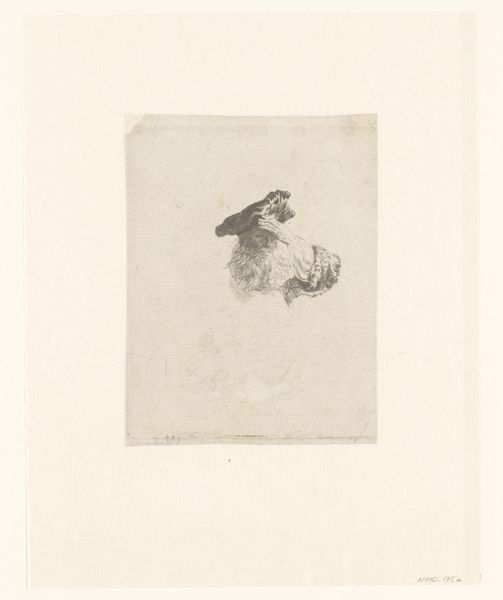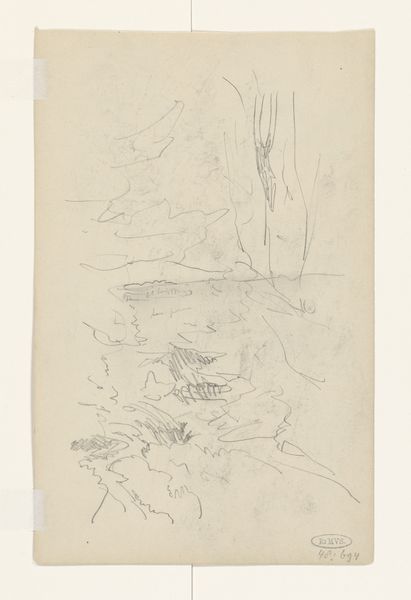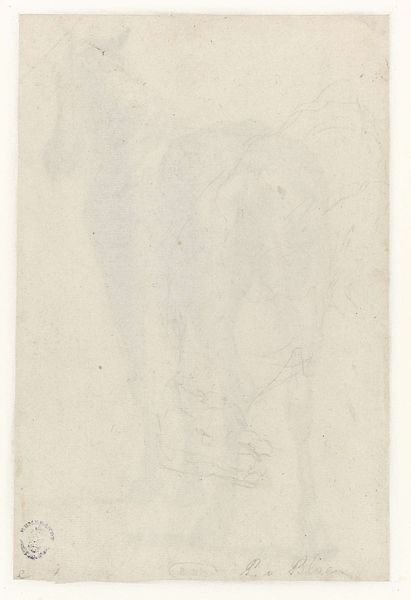
Dimensions: height 230 mm, width 150 mm
Copyright: Rijks Museum: Open Domain
Editor: Here we have Henri Fantin-Latour's "Study of a Dancing Woman" from around 1903-1904, created with pencil on paper. The fleeting lines give it an ethereal, almost dreamlike quality. What can you tell me about the way it's composed? Curator: Observe the dynamic interplay between light and shadow. Fantin-Latour utilizes a rather academic approach with the figure study while alluding to impressionistic ephemerality in the texture created with the pencil. Editor: The looseness of the lines, I suppose, give the drawing that more impressionistic quality? Curator: Precisely. And this contrast invites consideration. It disrupts any facile categorization. Do you notice how the energetic, almost frantic, strokes suggest movement beyond what a static image typically conveys? Editor: I see it. The hatching almost creates a sense of blur, like the dancer is caught mid-spin. What is the function of such visible, agitated mark-making, I wonder? Curator: I believe it directs us to focus less on the mimetic representation, and more on the energy and the artistic process itself. It’s about how Fantin-Latour *sees*, not simply what he sees. The materiality and its manipulation foreground the act of representation. Editor: That makes a lot of sense. Seeing the pencil strokes as part of the meaning helps me look beyond just what the drawing depicts. Curator: And this close examination of line and form reveals a complex negotiation between traditional representation and a burgeoning modern sensibility. Editor: Absolutely. Thinking about the artist's active hand in making the work come alive that has shifted my perspective completely. Curator: Indeed, from this analysis, we appreciate the artwork’s complexities residing not merely in representation, but also its formal elements and construction.
Comments
No comments
Be the first to comment and join the conversation on the ultimate creative platform.
